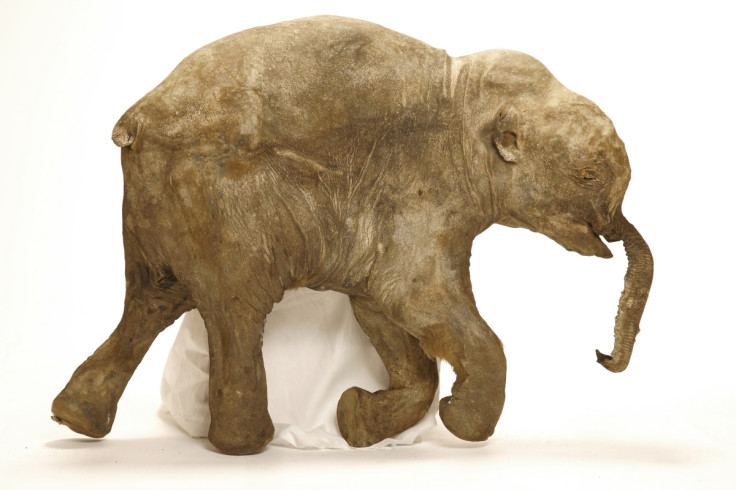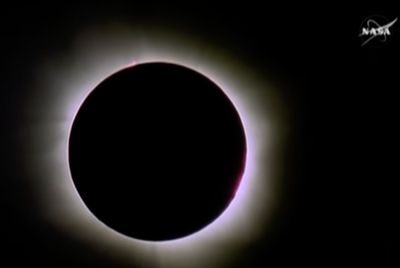Newborn Woolly Mammoths Discovered in Sibera 'Choked to Death on Mud', CT Scans Reveal

Two newborn woolly mammoths choked to death in mud in Siberia almost 40,000 years ago, scientists have discovered.
Lyuba and Khroma, who died at one and two months old respectively, were recovered from the Siberian Arctic and are the most complete and best-preserved baby mammoth specimens ever discovered.
Scientists from the University of Michigan have now taken X-ray images of the creatures and performed CT scans to discover new details about the early development of woolly mammoths.
Palaeontologist Daniel Fisher said this was the first time anyone has been able to do a comprehensive study of the skeletal development of mammoth calves of a known age: "Since they are both essentially complete skeletons, they can be thought of as Rosetta Stones that will help us interpret all the isolated baby mammoth bones that show up at other localities."
Published in the Journal of Palaeontology, the scientists note how the two calves belonged to mammoth populations living 3,000 miles apart. Lyuba was found by reindeer herders in 2007 in northwest Siberia, while Khroma was found in 2008 near Khroma River in northeast Siberia.
Lyuba was frozen and partially dehydrated and was intact other than the loss of most of her hair and nails. Khroma's corpse had been scavenged but was in good condition generally.
Dental studies of the two creatures showed that Lyuba died about 30 days after birth, while Khroma died at between 52 and 57 days.

Both died from inhaling mud then suffocating, the researcher said. Lyuba had a solid mass of fine-grained sediment blocking the air passages in the middle of the trunk and throat. Particles were not detected in the lungs, showing she did not drown as had previously been suggested.
Coarser sediment was found in Khroma's trunk, mouth and throat. Her lungs had been scavenged so were unavailable for study.
As both were healthy at time of death, the authors say they suffered a "traumatic demise". Lyuba, they say, likely crashed through ice while crossing a lake during the spring melt.
Khroma had been nursing less than an hour before her death – undigested milk was found in her stomach. "It looked like you'd just popped the top on a container of yogurt. It was that white. It was that smooth. Just fresh, creamy milk from mama mammoth," Fisher said.
The authors say a riverbank could have collapsed, plunging her and her mother into the river. Her fractured spinal column supports this theory, indicating a fall.
Study co-author Zachary T Calamari said: "These two exquisitely preserved baby mammoths are like two snapshots in time. We can use them to understand how factors like location and age influenced the way mammoths grew into the huge adults that captivate us today."
© Copyright IBTimes 2025. All rights reserved.






















